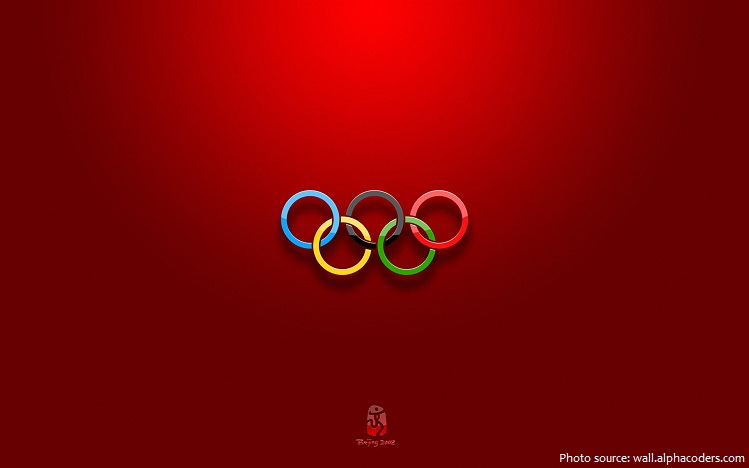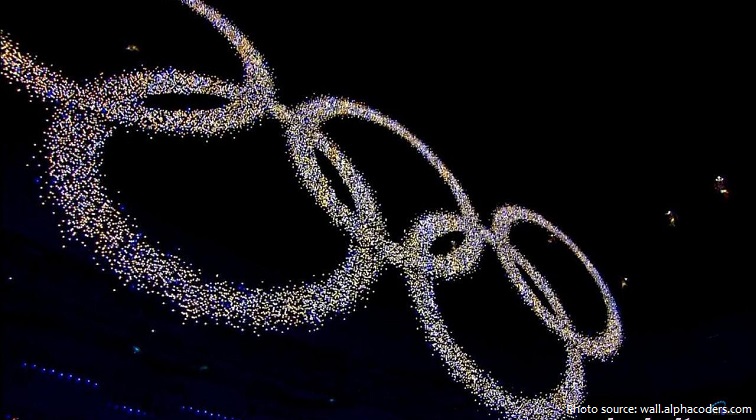
The Olympic Games or Olympics are the leading international sporting events featuring summer and winter sports competitions in which thousands of athletes from around the world participate in a variety of competitions.
The first known Olympics were held in the summer of 776 BC at Olympia, a site in southern Greece where people went to worship their gods. In fact, the Olympics were created in honor of ancient Greece’s most famous god: Zeus, king of the gods. Athletes prayed to Zeus for victory and left gifts to thank him for their successes.
The Olympic Games reached the height of their success in the 6th and 5th centuries BC, but then gradually declined in importance as the Romans gained power and influence in Greece. While there is no scholarly consensus as to when the Games officially ended, the most commonly held date is 393 AD, when the emperor Theodosius I decreed that all pagan cults and practices be eliminated. Another date commonly cited is 426 AD, when his successor, Theodosius II, ordered the destruction of all Greek temples.

Worshipping Zeus was one of the few things the ancient Greeks agreed on. Divided into different city-states, or settlements, the Greeks were often at war with each other. But even in times of unrest, dueling city-states declared a truce so their athletes could take part in the Olympics. But unlike today’s games, only men were allowed to compete—and they did so naked!
Many events, including sprinting and wrestling, are still part of the modern games. Other sports such as chariot racing are history.
After the Roman Empire conquered Greece in the mid-2nd century BC, the Games continued, but their standards and quality declined. In one notorious example from AD 67, the decadent Emperor Nero entered an Olympic chariot race, only to disgrace himself by declaring himself the winner even after he fell off his chariot during the event. In AD 393, Emperor Theodosius I, a Christian, called for a ban on all “pagan” festivals, ending the ancient Olympic tradition after nearly 12 centuries.

The first Modern Olympic Games took place in Athens, Greece during the first weeks of April 1896. The 241 athletes who competed represented only 14 countries and wore their athletic club uniforms instead of national uniforms. Of the 14 countries in attendance, eleven have officially been declared in awards records: Australia, Austria, Denmark, England, France, Germany, Greece, Hungary, Sweden, Switzerland, and the United States.
After the success of the 1896 Games, the Olympics entered a period of stagnation which threatened its survival. The Olympic Games held at the Paris Exposition in 1900 and the Louisiana Purchase Exposition at St. Louis in 1904 failed to attract much participation or notice. Of the 650 athletes in the 1904 Olympics, 580 were American – the winner of the marathon was later disqualified upon discovery of a photograph of him riding in a car during the race.

Intended to reinvigorate interest in the Olympic Games after the 1900 and 1904 games yielded little fanfare, the Athens Games of 1906 were the first and only “Intercalated Games,” which had been meant to exist every four years (between regular Games) and only take place in Athens, Greece. The president of the Modern Olympics declared the 1906 Games unofficial after the fact.
The evolution of the Olympic Movement during the 20th and 21st centuries has resulted in several changes to the Olympic Games. Some of these adjustments include the creation of the Winter Olympic Games for snow and ice sports, the Paralympic Games for athletes with disabilities, the Youth Olympic Games for athletes aged 14 to 18, the five Continental games (Pan American, African, Asian, European, and Pacific), and the World Games for sports that are not contested in the Olympic Games.
The Winter Olympics was created to feature snow and ice sports that were logistically impossible to hold during the Summer Games. Figure skating (in 1908 and 1920) and ice hockey (in 1920) were featured as Olympic events at the Summer Olympics.

The 1936 Summer Olympics in Berlin were the first Games to be broadcast on television, though only to local audiences. The 1956 Winter Olympics in Italy were the first internationally televised Olympic Games, and the broadcasting rights for the following Winter Games in California were sold for the first time to specialised television broadcasting networks—CBS paid US$394,000 for the American rights.
In 1948, Sir Ludwig Guttmann, determined to promote the rehabilitation of soldiers after World War II, organised a multi-sport event between several hospitals to coincide with the 1948 London Olympics. Originally known as the Stoke Mandeville Games, Guttmann’s event became an annual sports festival. Over the next 12 years, Guttmann and others continued their efforts to use sports as an avenue to healing.
In 1960, Guttmann brought 400 athletes to Rome to compete in the “Parallel Olympics”, which ran in parallel with the Summer Olympics and came to be known as the first Paralympics. Since then, the Paralympics have been held in every Olympic year and, starting with the 1988 Summer Games in Seoul, the host city for the Olympics has also played host to the Paralympics.
The five interlocking rings coloured blue, red, black, green and yellow on a white backgrounds represent the five continents united by the Olympics. Each colour represents the colours present in every nation’s flag.
